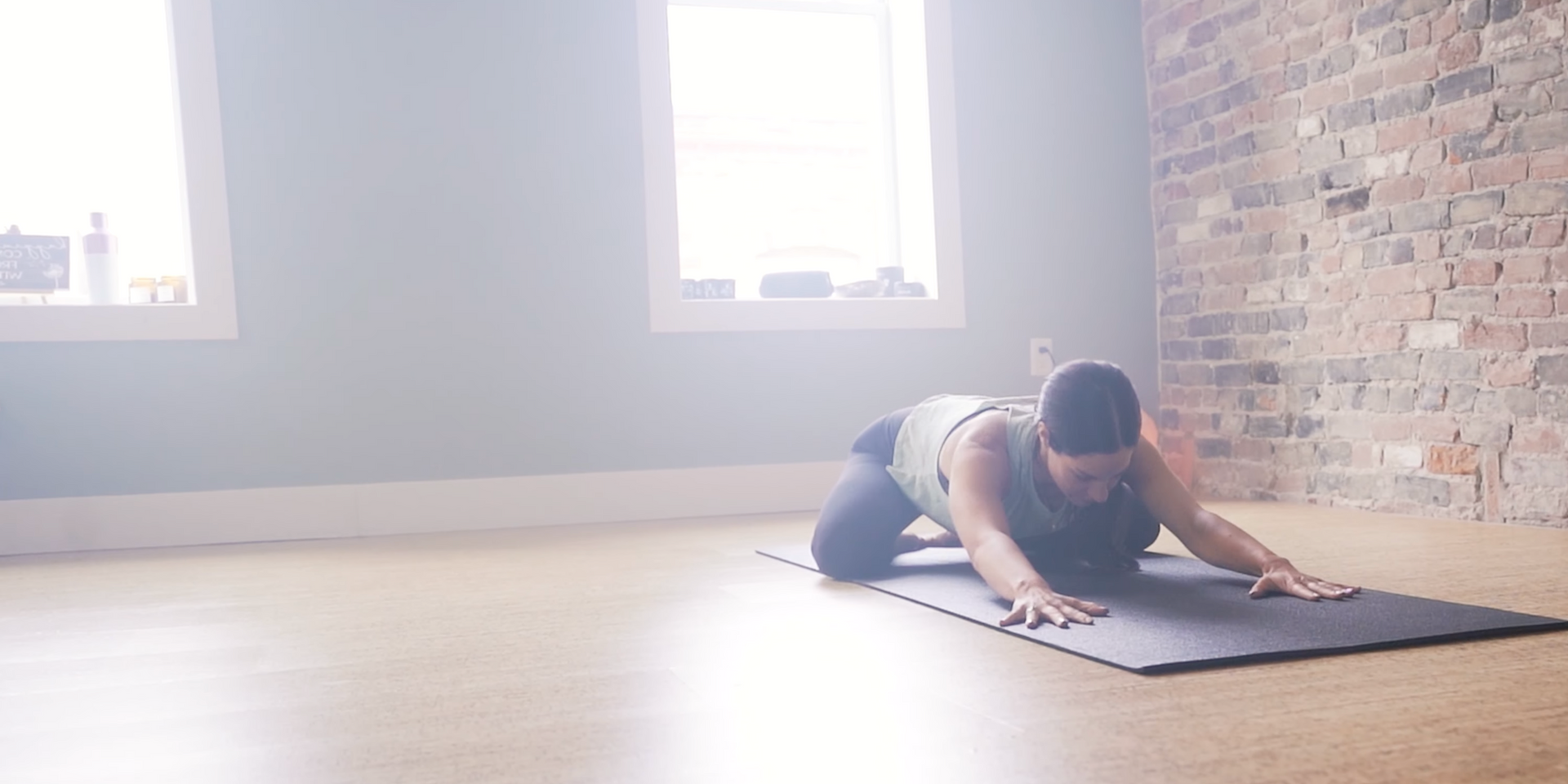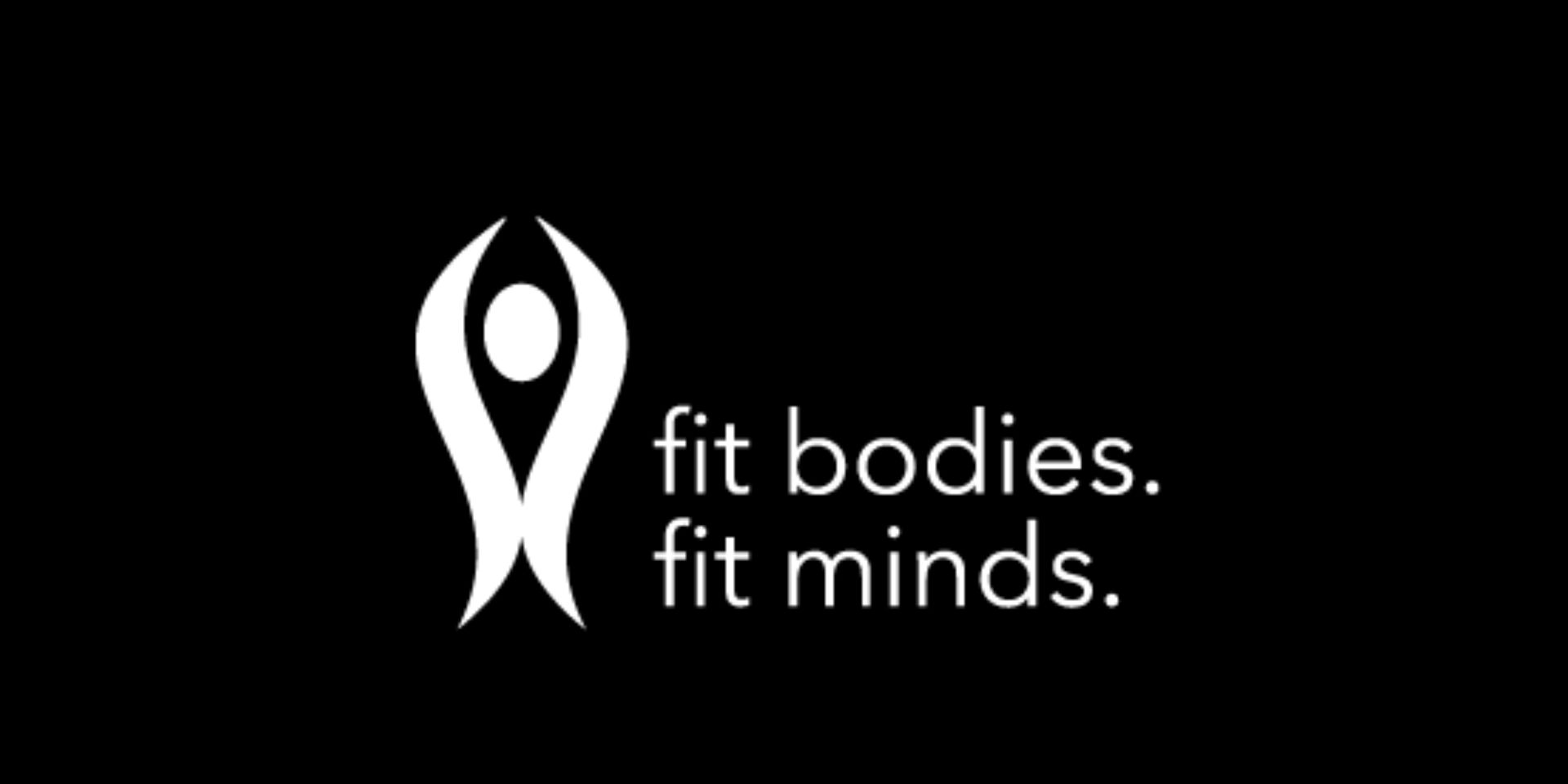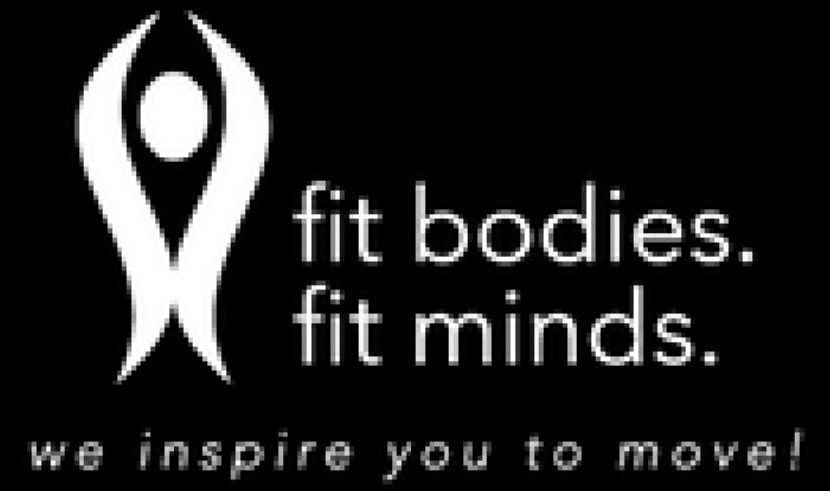Set Your Goals the SMART Way!
Do you jump into change? (+ Our new podcast!)

When January 1st rolls around, what kind of goals are you setting for yourself?
Now that it's February 1st, how are those goals being met?
People often set lofty goals that are too far from their current habits. This makes them too difficult to be consistent in maintaining.
Setting SMART goals is the key. Work with one or two goals at a time, and don't add more until these new habits feel under control. It takes an average of 66 days for a new habit to become normal!
Kyla and Jaime talk about goal setting and how to make it achievable on the NEW FB.FM - the fit bodies. fit minds. podcast.
You can listen to it HERE, now streaming on Spotify!
How do you set SMART goals?
Specific:
The first step in setting a SMART goal is to make it specific. Instead of a vague objective like "lose weight" or "get a promotion," define your goal with clarity. For example, a specific goal could be "lose 10 pounds in two months" or "earn a leadership position within the next year." The more precise your goal, the easier it is to create a plan of action.
Measurable:
Goals should be measurable to track progress and stay motivated. Quantify your objectives so that you can objectively determine success. If your goal is to read more books, specify the number of books you aim to read each month. Measurable goals provide a clear benchmark, allowing you to celebrate achievements and make adjustments if needed.
Achievable:
While it's important to aim high, goals should also be realistic and attainable. Assess your current situation, skills, and resources. An achievable goal aligns with your abilities and doesn't set you up for failure. If your goal is to run a marathon, start with a smaller distance and gradually increase it. This approach builds confidence and sets the stage for more ambitious goals in the future.
Relevant:
Ensure that your goals are relevant to your overall objectives and values. A goal may be specific, measurable, and achievable, but if it doesn't contribute to your long-term vision, it may not be worth pursuing. Consider the broader context and how each goal fits into the bigger picture of your personal or professional life.
Time-bound:
Setting a deadline creates a sense of urgency and helps prevent procrastination. Whether it's a short-term or long-term goal, establish a realistic timeframe for completion. This provides a sense of structure and helps you stay focused on your objectives. For example, instead of saying "I will exercise regularly," set a time-bound goal like "I will exercise for 30 minutes, three times a week for the next three months."
Next time you need to make a change and get new healthy habits into place, make sure you are setting goals that are achievable, aren't out of your reach, and make sense for your life.
We will be cheering you on!
FBFM Blog












